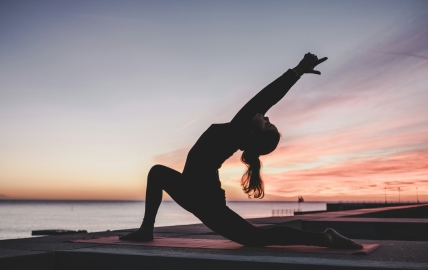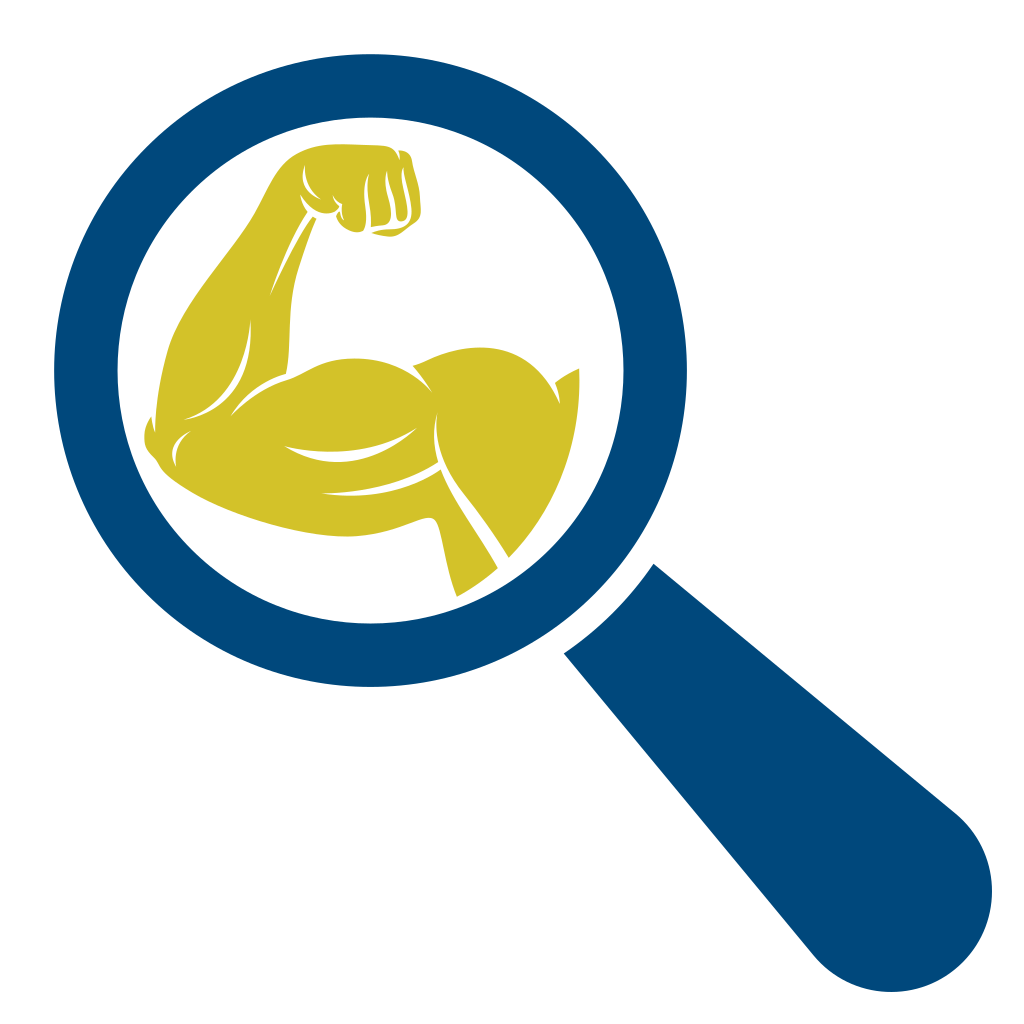The benefits of stretching after a workout

The physical benefits of stretching after a workout
Stretching after physical activity is not just an insignificant ritual. The benefits are both visible and invisible.
Improved blood circulation
One of the first physical effects of stretching is improved blood circulation. This essential process allows better oxygenation of the muscles, which speeds up their recovery and reduces stiffness. These simple movements act as a natural pump, nourishing your tired muscles. Learn more.
Reduction of soreness
Soreness is one of those uncomfortable sensations that affects your muscles after exercise, but stretching can minimize it. It helps eliminate accumulated lactic acid, saving you from painful days of restricted movement. The idea is to cleanse your muscles from the inside. Learn more.
Injury prevention
It is better to prevent than to cure, and stretching is your first line of defense against injuries. It increases muscle flexibility and makes you less likely to get injured in the future. Think of it as reinforcing the foundation of a house; the stronger it is, the lower the risk of collapse.
Get your personalized program! 🎯
Stop wasting time with random exercises
Our AI creates a custom training program adapted to your goals, level, and available equipment. Get results faster with a structured plan designed just for you.
The psychological benefits of stretching
Not only will your muscles thank you, but so will your mind.
Stress reduction
Stretching after exercise provides a welcome break for your mind. It helps release built-up tension, reducing stress and anxiety. Imagine your worries evaporating like hot steam, giving way to serene calm. Learn more.
Improved concentration
Once the body is relaxed, the mind becomes more alert. Stretching promotes better concentration and mental clarity. It’s like opening the windows of a foggy room; fresh air enhances vision and thought.
Effective stretching techniques after a workout
With the knowledge and understanding of the benefits, it's time to put into practice appropriate techniques.
Static stretching
Static stretching involves holding a position for 15 to 30 seconds. They are excellent after a workout to reduce muscle tension. Imagine holding a deep breath; each extension relaxes the muscles. Consider including movements like Child's Pose and Cat Cow.
Dynamic stretching
Unlike static stretching, dynamic stretching involves active movements to move the muscles and joints through their full range of motion. This type of stretching is better suited for the active recovery phase.
Conclusion
Never underestimate the power of stretching in your post-workout routine. It’s not just a compulsory step but a necessity to optimize physical and mental recovery. By integrating them into your fitness routine, you ensure flexibility, serenity, and injury prevention. Make it a habit, and your body will thank you.
Credits

Sources
- Harvard Health Publishing (health.harvard.edu)
- American Council on Exercise (ACE) (acefitness.org)
- Mayo Clinic (mayoclinic.org)

